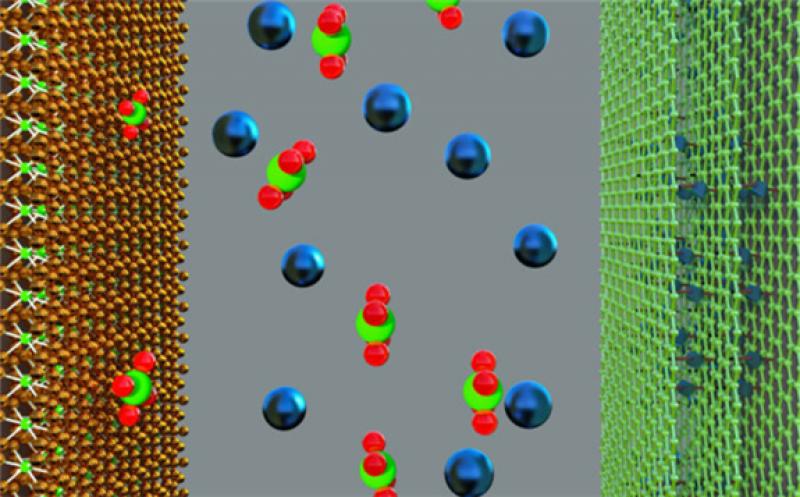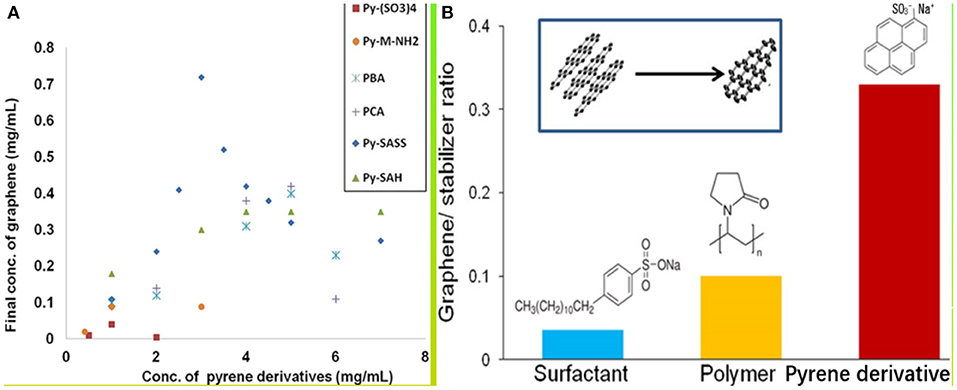


Unconventional superconductivity in magic-angle graphene superlattices. Superballistic flow of viscous electron fluid through graphene constrictions. Observation of the Dirac fluid and the breakdown of the Wiedemann–Franz law in graphene. Negative local resistance caused by viscous electron backflow in graphene. Boron nitride substrates for high-quality graphene electronics. In contrast to past practices of neglecting the contributions of flexural phonons to transport in two-dimensional materials, this work suggests that tunable electron–flexural phonon couping can provide a handle to control quantum matter at the atomic scale, such as in magic-angle twisted bilayer graphene 10 where low-energy excitations may mediate Cooper pairing of flat-band electrons 11, 12.ĭean, C. When combined with ab initio calculations of the many-body electron–phonon self-energy and analytical models, this experimental observation reveals that broken reflection symmetry in graphene heterostructures can relax a restrictive selection rule 8, 9 to allow quasielastic electron coupling with an odd number of flexural phonons, contributing to the increase of the Lorenz ratio towards the Sommerfeld limit at an intermediate temperature sandwiched between the low-temperature hydrodynamic regime and the inelastic electron–phonon scattering regime above 120 kelvin. Here we show an unusual Lorenz ratio peak in degenerate graphene near 60 kelvin and decreased peak magnitude with increased mobility.

The Lorenz ratio between the electronic thermal conductivity and the product of the electrical conductivity and temperature provides insight into electron–phonon interactions that is inaccessible to past graphene measurements. Peculiar electron–phonon interaction characteristics underpin the ultrahigh mobility 1, electron hydrodynamics 2, 3, 4, superconductivity 5 and superfluidity 6, 7 observed in graphene heterostructures.


 0 kommentar(er)
0 kommentar(er)
